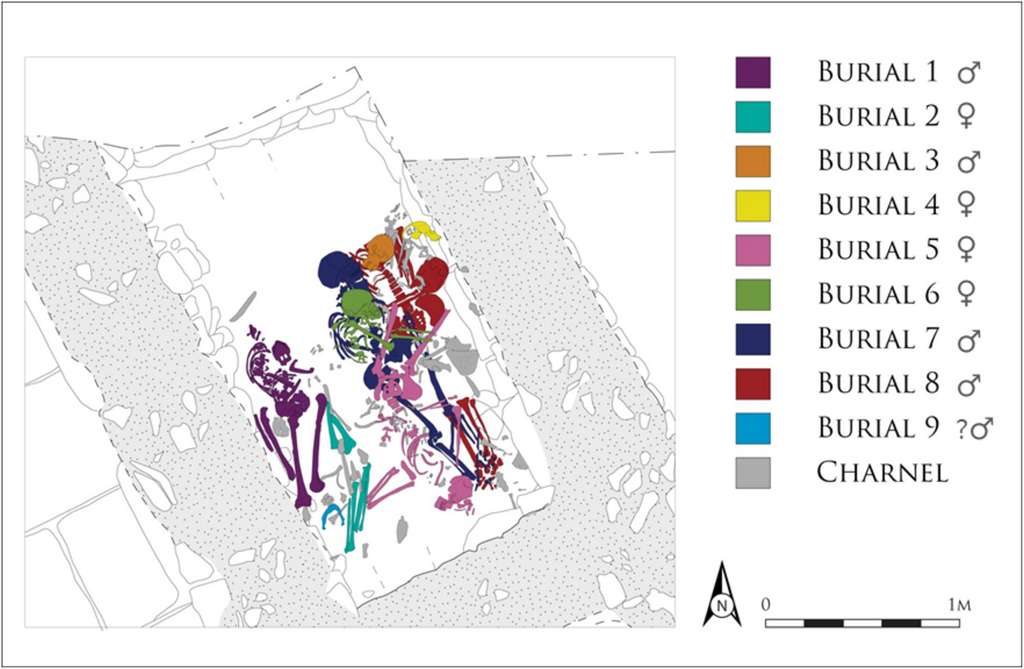What kinds of remains did archaeologists expect to come across when they set out to excavate the centuries-old bathhouse latrines in Scotland? They certainly assumed they would find organic remains in the form of human excrement or possibly lost artifacts, but probably not the discovery they actually made.
You will also be interested
[EN VIDÉO] Guédelon: building a castle like in the Middle Ages A small group of enthusiasts decided to build a fortified castle using the techniques used in the Middle Ages. “Building to understand” is the motto of this extraordinary architectural challenge launched almost 19 years ago. Discover the origins of Guédelon castle during this short video.
In 1976, latrines of the fort’s public baths Roman of Cramond, near Edinburgh in Scotland were excavated remains of human skeletons. These belonged to nine adults and five children. This assembly of bodies had been dated to the XIVand century AD in 2010, but this result has since been revised through radiocarbon dating which indicates that the individuals lived between the VIsand and VIIand centuries AD. Among these individuals, four bear the marks of head trauma. The individuals appear to have been hastily buried, which could be interpreted as following a dramatic event. Some remains have been eroded, probably as a result of being exposed after the passage of grave robbers.
Scottish wanderers?
The authors of a study published in the journal Archaeological and Anthropological Sciences explain that the osteological remains of people in this geographical area are an opportunity to understand what the diets and movements of humans could have been during this period. In order to answer these questions, the authors examined the remains of the nine adults present in the latrine. Isotopic analyzes were carried out on the bones of the skull and on adult teeth. The mineralization of molars final isotopes occur during the first years of life and trap the isotopes present in the food as well as the marks of possible events of stresssuch as deficienciestaking place during this period.
The isotopic analyzes reveal first of all that the individuals fed mainly on food containing proteins of terrestrial origin and that men and women had a similar diet. If these individuals are buried at a site close to the coast, the absence of proteins of marine origin in their diet is not surprising. The traces of Pisces in Men’s meals only appear in this zone at Xand century after J.-C. This would be due, according to the authors, with the increased influence of the food rules dictated by the Christian religion but also with thegrowing urbanization and the growth of the industries of sin.
The cultural boundaries of the groups that populated Scotland in the early Middle Ages did not prevent mobility
Most of the adults must have been present in the region for several years, but some must have spent their childhood in separate regions. This suggests that the cultural boundaries of the groups that populated Scotland at the start of the Middle Ages did not impede social or physical mobility. Previous research has shown that the individuals buried in these latrines had a high social rank and possibly belonged to the nobility. The reason for the tragic death of certain individuals, following injuries and cranial hemorrhages in particular, nevertheless remains unknown.
Interested in what you just read?

